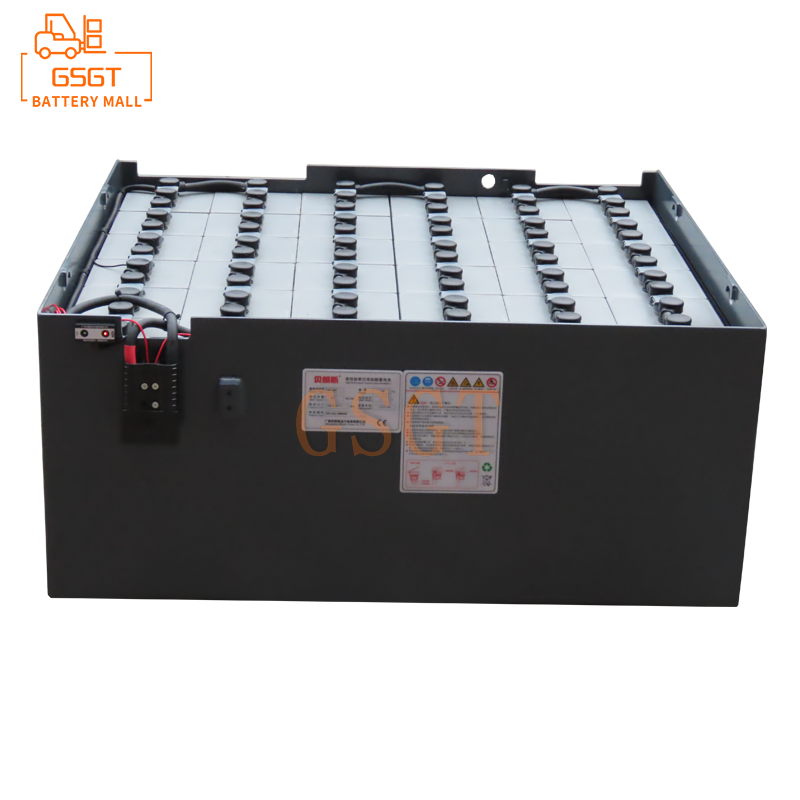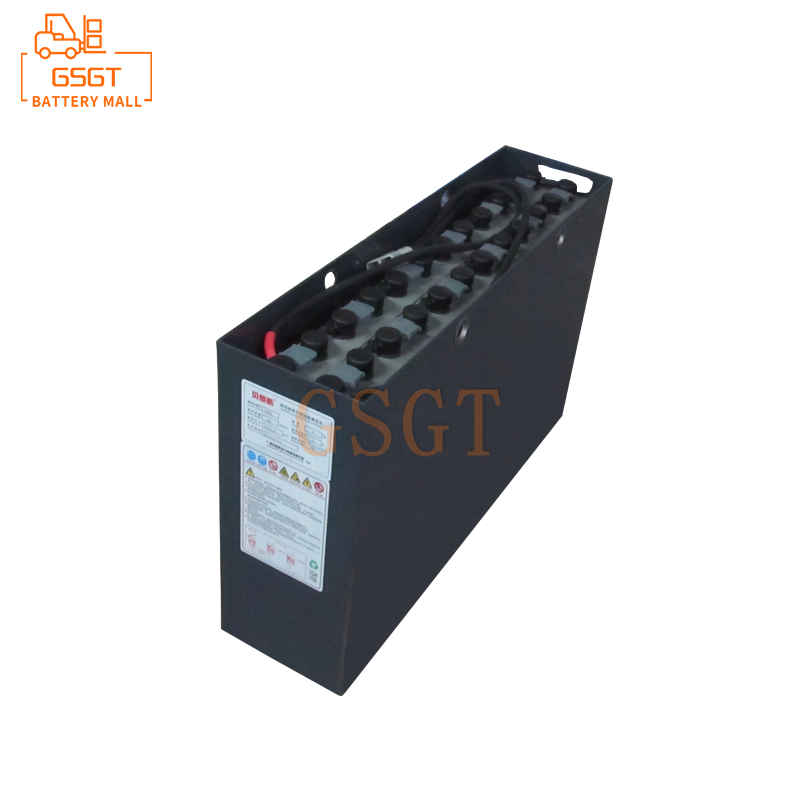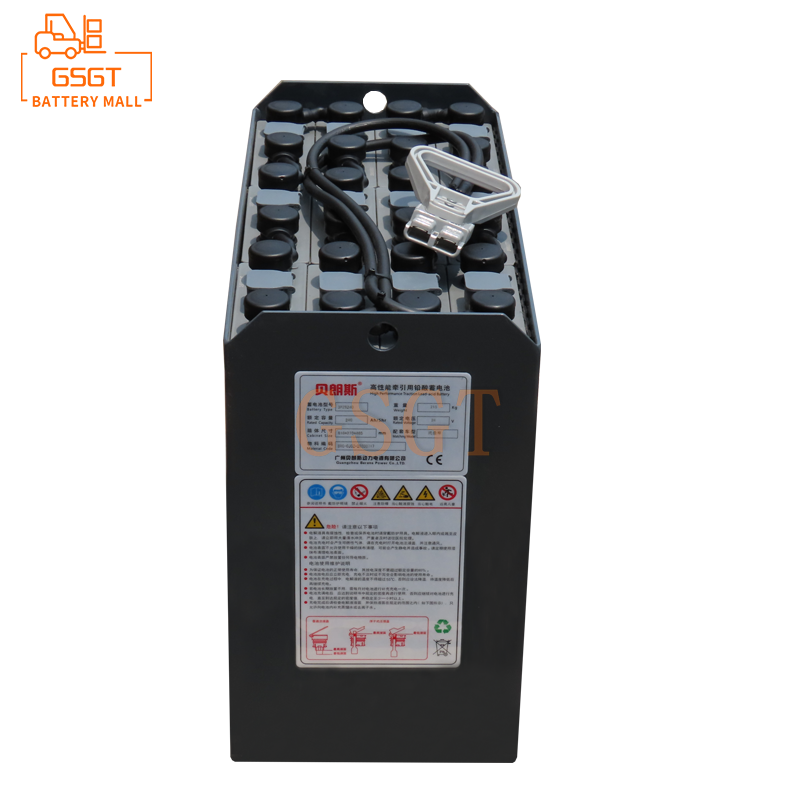Time:2025-03-25 15:47:44
Browse:666
With the advent of winter, the temperature plummeted, relying on lead-acid battery power supply equipment have appeared, the most obvious is that the battery power loss speed is accelerated. Whether it is an electric vehicle for daily travel, a UPS system as an emergency power supply, or a solar energy storage device for the storage of electric energy for the family, the performance of lead-acid batteries declines significantly in low temperature environments, which brings a lot of inconvenience to people's lives and production. In-depth exploration of the reasons behind this phenomenon, and to provide practical thermal solutions, is crucial to improve the use of lead-acid batteries in winter.
## Causes of fast power loss of lead-acid batteries at low temperature
The electrochemical reaction of lead-acid batteries depends on ion conduction in the electrolyte. In the low temperature environment, the viscosity of the electrolyte increases, and the resistance of ions to move in it increases, resulting in a significant increase in the internal resistance of the battery. According to Ohm's law, the increase of internal resistance means that under the same load, the voltage drop inside the battery increases, and the voltage output to the external device decreases, thus reducing the electrical energy obtained by the device, which is manifested as the acceleration of battery power consumption. At the same time, low temperature will inhibit the electrochemical reaction rate. The lead dioxide in the positive electrode of the battery reacts with the spongy lead in the negative electrode and sulfuric acid in the electrolyte to produce electrical energy, and the low temperature increases the activation energy of these reactions, making it difficult to fully carry out the reaction, and the battery can release less electricity. For example, in the summer at room temperature, a fully charged electric vehicle can last up to 50 kilometers, and in the winter, under the same riding conditions, the battery life may be reduced to 30 kilometers or even lower, which is an intuitive reflection of the performance decline of lead-acid batteries at low temperatures.
## Practical thermal solution 1: Make thermal sleeves
The use of common materials to make a battery warmer, can create a relatively warm small environment for lead-acid batteries. Prepare a certain amount of foam board, this material has good thermal insulation performance, can effectively block the outside cold air intrusion. According to the size of the battery, the foam sheet is cut to the right shape, ensuring that all sides of the battery can be completely wrapped, and is tightly secured with tape to form a preliminary insulation shell. Then, a thick blanket or old quilt is wrapped around the foam board to further enhance the warm effect. The fibrous structures in blankets and quilts can store large amounts of air, which is a poor conductor of heat and prevents heat from escaping. Taking electric vehicle batteries as an example, after making such a thermal sleeve, it can effectively slow down the temperature of the battery. In the cold morning, when the temperature of the battery without the thermal jacket may have dropped below the freezing point, the temperature of the battery with the thermal jacket can still be maintained at about 5 ° C, which greatly improves the working environment of the battery and reduces the power failure problem caused by low temperature.
## Practical thermal solution 2: Install heating device
For lead-acid battery application scenarios that require high power stability, such as backup power for communication base stations and UPS for medical equipment, you can consider installing professional battery heating devices. Heating film and heating pad are common on the market. The heating film is usually made of flexible materials, which can be tightly fitted to the surface of the battery and generate heat through electricity to warm the battery. During installation, paste the heating film evenly around the battery housing, and connect the thermostat to the power supply. Temperature controller can monitor the battery temperature in real time, when the temperature is lower than the set threshold, such as 10℃, automatically start the heating film, when the temperature reaches the appropriate range, such as 20℃ -25 ℃, stop heating, to ensure that the battery is always in the ideal operating temperature range. The heating pad is relatively thick, and the battery can be placed on it, and the battery temperature can be raised by heating the bottom. Although this heating device requires additional power consumption, it can significantly improve the performance stability of lead-acid batteries in winter, reduce the risk of equipment failure caused by fast battery power failure, and has a high cost performance from the perspective of long-term operating costs and equipment reliability.
## Practical thermal solution 3: Optimize the storage environment
Reasonable selection of the storage location of the lead-acid battery can also play a warm role. If it is used for indoor equipment, such as home solar energy storage batteries, it should be placed in the corner of the room where the temperature is relatively stable and high, and avoid the location where cold air is easy to invade such as doors and Windows. A small heater can be installed in the area where the battery is stored to run continuously in winter to keep the local ambient temperature above 15 ° C. For outdoor use of equipment, such as electric patrol car batteries, can build a simple insulation shed. The insulation shed adopts a double-layer color steel plate structure, the middle is filled with insulation materials, such as polystyrene foam board, and the top is set up with vents, which open and ventilate during the day when the sun is sunny, and use solar energy to heat the shed, and close the vents at night to maintain heat. By optimizing the storage environment, it creates a warm working space for the lead-acid battery, effectively alleviates the problem of fast power failure in winter, and ensures the normal operation of the equipment in the low temperature season.
The rapid power loss of lead-acid batteries in winter is caused by the interaction between their internal electrochemical reaction characteristics and low temperature environment. Through the production of thermal sleeves, the installation of heating devices and the optimization of the storage environment, these three practical thermal solutions can significantly improve the performance of the battery at low temperatures, extend the battery life time, reduce equipment failure, provide a strong guarantee for people to use lead-acid battery equipment in the cold season, and ensure that life and production are not too troubled by the decline of battery low temperature performance.

$1105

$4045

$1060

$850

MESSAGE
Professional And Efficient
Security
Affordable Price
Professional Services